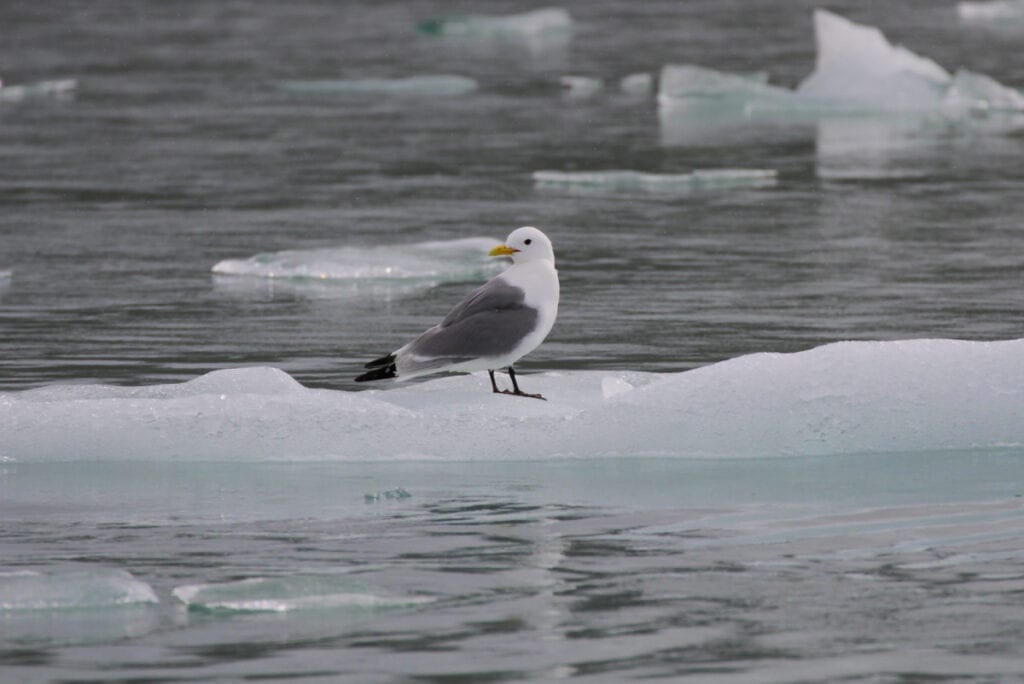The Svalbard fauna suffers under climate warming
A review of published research shows that most terrestrial and marine birds and mammals breeding on Svalbard are negatively affected by increased temperature and ice melting. The changes in the environment are occuring too quickly for the animals to be able to adapt.
The Arctic is warming faster than any other region on our planet, and the most rapid increase in temperature is occuring in the northern Barents Sea, including the Svalbard Archipelago. As a result of the warming, the sea ice is reduced. A broad array of organisms are affected by these changes, and a group of researchers have now reviewed scientific publications and summarized the documented effects that the climatic changes have on marine and terrestrial birds and mammals on and around Svalbard. Their work is presented in an article that was first published in June 2016.
Read the article:
One of the most important mechanisms in the terrestrial ecosystem is that higher winter temperatures lead to a higher frequency of “rain-on-snow” events. Winter rain creates ice that blocks access to food for herbivores. In the marine ecosystem, higher temperatures and ice melting are associated with an increase in abundance of temperate fish, seabird and marine mammal species, and will affect the foraging and breeding ecology of most Arctic marine birds and mammals. The review emphasizes the importance of long-term demographic, population- and ecosystem-based monitoring as a basis for setting appropriate conservation priorities in relation to climate warming.
Contact person: Sebastien Descamps, Norwegian Polar Institute

